
What is an Allegory?
An Allegory is a narrative that can be read on more than one level. Allegories are generally understood as rhetorical, and as a form of rhetoric, are designed to persuade their audience. George Orwell’s Animal Farm is an example of this rhetorical device; as an allegory it extends its representation over the course of the entire novel.
How is this Story Allegorical?
As an allegorical tale about the dangers of tyranny, Animal Farm uses the story of Napoleon, Snowball and Boxer as a form of rhetoric. In this novel Orwell is using the story of Manor Farm’s animal rebellion to caution people against the encroachment of tyranny.
‘Animal Farm’ Characters as an Allegory of the Russian Revolution
Critics often consider Animal Farm to be an allegory of the Russian Revolution matching in great details the story’s characters to historical persons. For example, linking the power struggle between Napoleon and Snowball to the historical feuding between Joseph Stalin and Leon Trotsky for control of the Soviet Union. Old Major represents Karl Marx who dies before realising his dream. Other comparisons include Moses as the Russian Orthodox Church, Boxer and Clover as workers, the sheep as the general public, Squealer as Stalin’s government news agency, the dogs as Stalin’s military police and Farmer Jones as Czar Nicholas II. The farm’s neighbours, Pilkington and Frederick are said to represent Great Britain and Germany. While Mollie suggests the old Russian aristocracy, which resists change.
What did George Orwell Believe Animal Farm Represented & Message of Author?
George Orwell wrote in the first edition of Animal Farm in 1945 that his novel: ‘… is the history of a revolution that went wrong and of the excellent excuses that were forthcoming at every step for the perversion of the original doctrine’.
While the animals in the story originally create an equal society, the pigs in charge, namely Napoleon, use their power to oppress the other animals, especially through propaganda and fear.
Orwell ‘s main message in Animal Farm is that power corrupts, even when idealism is at play.
George Orwell uses Satire to expose what he saw as the Myth of Soviet Socialism
In a Satire, the writer attacks a serious issue by presenting it in a ridiculous light or otherwise poking fun at it. Orwell uses satire in his novel Animal Farm to expose what he saw as the myth of Soviet socialism. Thus, the novel tells a story that people of all ages can understand, but it also tells us a second story – that of the real-life Revolution.
Background to the Russian Revolution
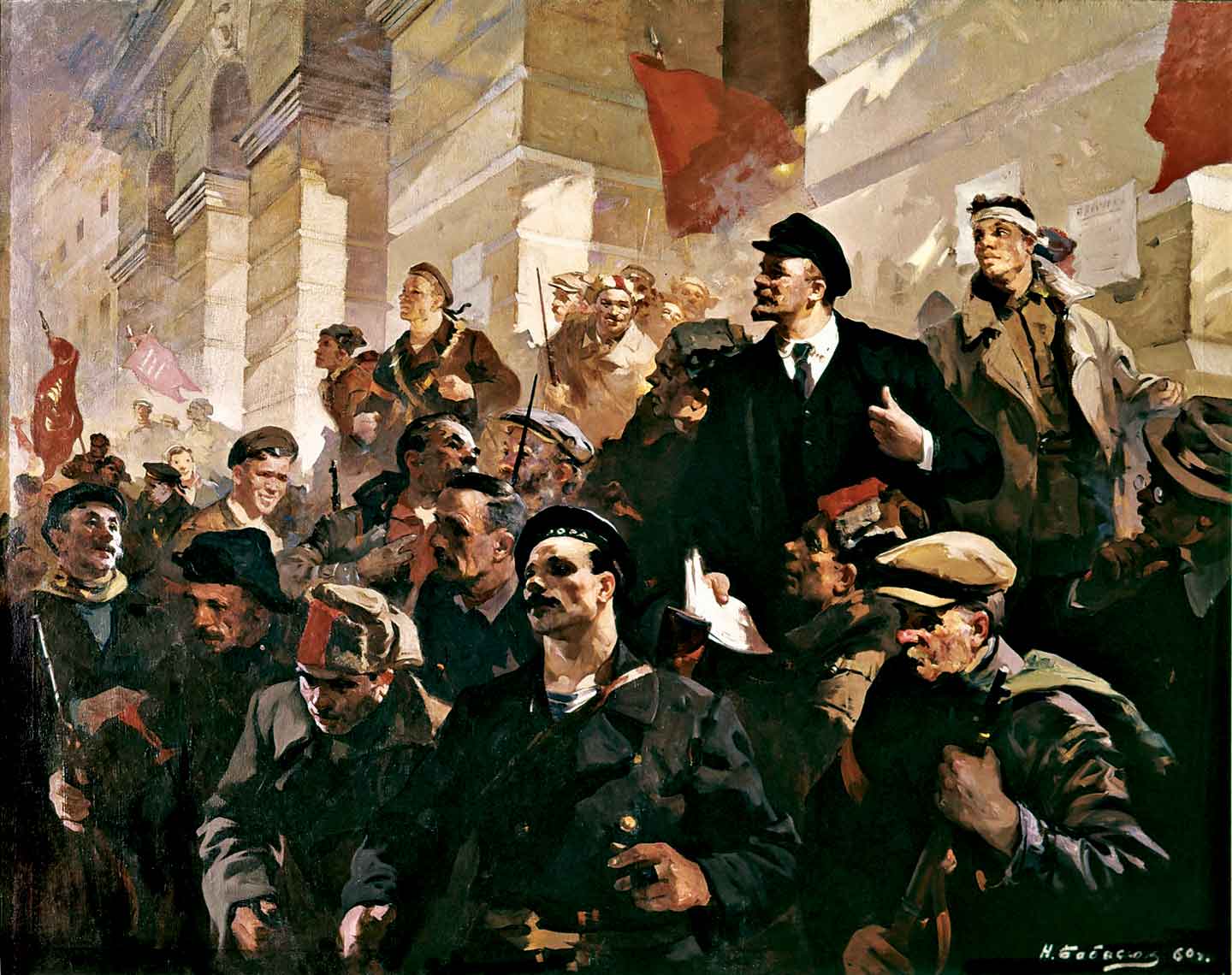
Many of the events of Manor Farm in Orwell’s Animal Farm are closely linked to political events in Russia during the first half of the 20th century. In the early 1900’s, Russia’s Czar Nicholas II faced an increasingly discontented populace. Freed from feudal serfdom in 1861, many Russian peasants were struggling to survive under an oppressive government. By 1917, amidst the tremendous suffering of World War I, a revolution began. In two major battles, the Czar’s government was overthrown and replaced by the Bolshevik leadership of Vladmir Lenin. When Lenin died in 1924, his former colleagues Leon Trotsky, hero of the early Revolution, and Joseph Stalin, head of the Communist Party, struggled for power. Stalin won the battle, and he deported Trotsky into permanent exile.
Once in power, Stalin began, with despotic urgency and exalted nationalism, to move the Soviet Union into the modern industrial age. His government seized land in order to create collective farms. Stalin’s Five Year Plan was an attempt to modernize Soviet industry. To counter resistance (many peasants refused to give up their land), Stalin used vicious military tactics. Rigged trials led to executions of an estimated 20 million government officials and ordinary citizens. The government controlled the flow and content of information to the people, and all but outlawed churches.
‘Animal Farm’ is the Story of an Animal Revolution
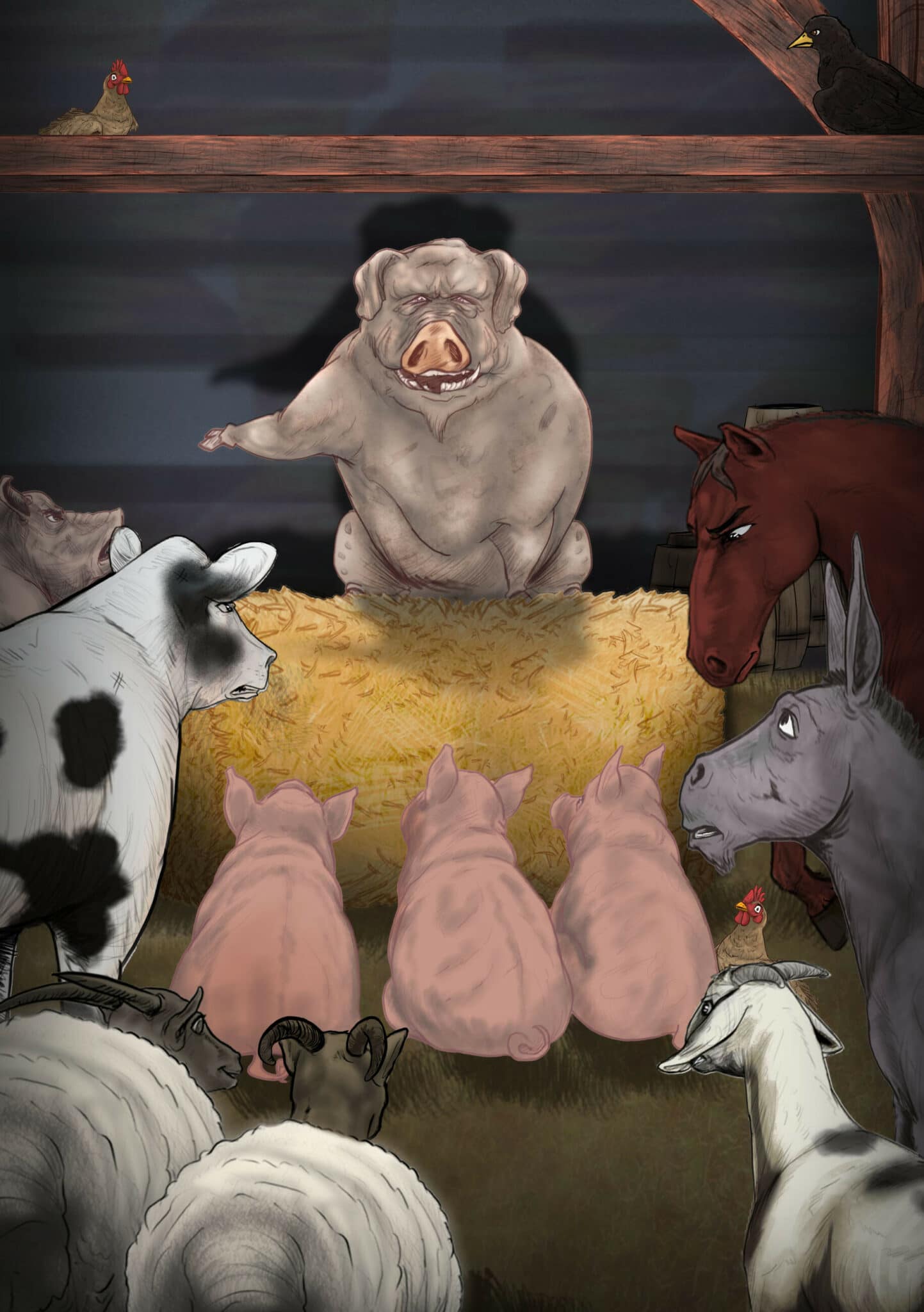
The animal residents of Manor Farm, spurred on by the dream of the pig, Old Major decide they will change their “miserable, laborious, and short” lives. They overthrow Mr Jones, their master, and take over the management of the farm. Rather than living under the heel of their human master, the animals of Manor Farm decide they will take control of the products of their labour, working for the good of the farm and other animals, rather than for the good of humans.
Tyranny by any other Name
George Orwell’s Animal Farm and his other novel 1984, are often cited as works that are designed to show the weaknesses of Communism. These works took aim at the Soviet Union, however Orwell’s larger target was tyranny, in whatever form it appeared. He was as much concerned with the repression of rights and the injustice of the economic system in his own England as he was about Stalinist Russia.
George Orwell’s 1945 novel Animal Farm is an allegorical indictment of tyranny which utilises the historical events and players of the Russian Revolution and the subsequent rise of Stalin as a cautionary tale of how power corrupts.

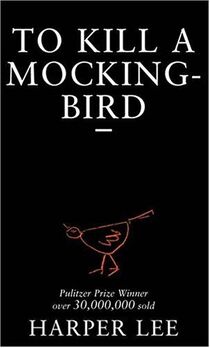

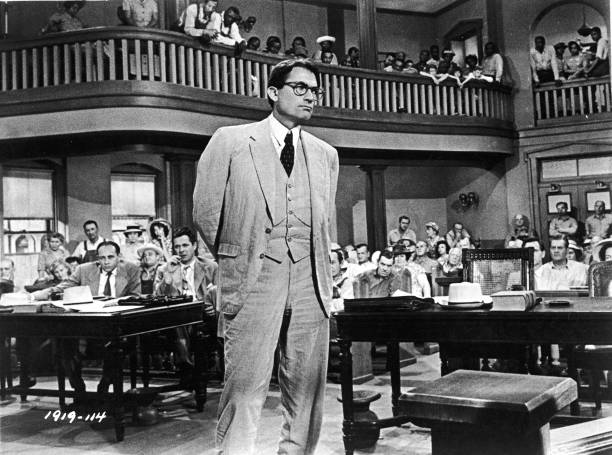
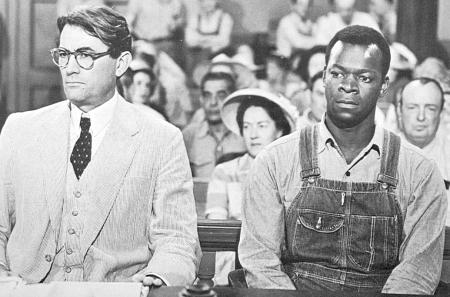
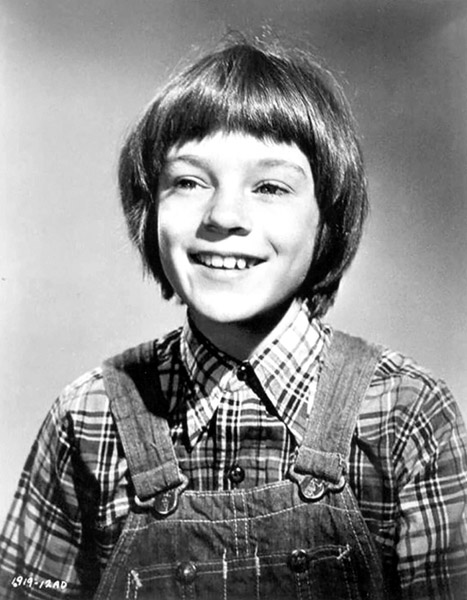



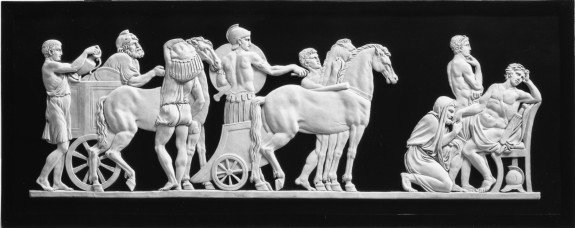
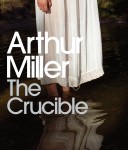


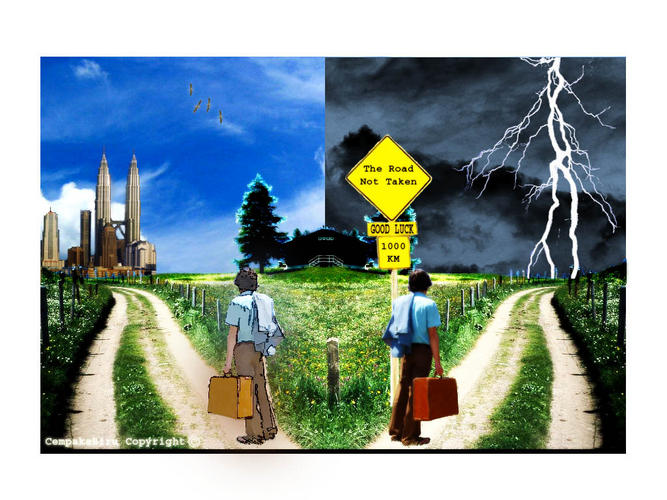


 Why Annotate Your Texts in Studying English?
Why Annotate Your Texts in Studying English?